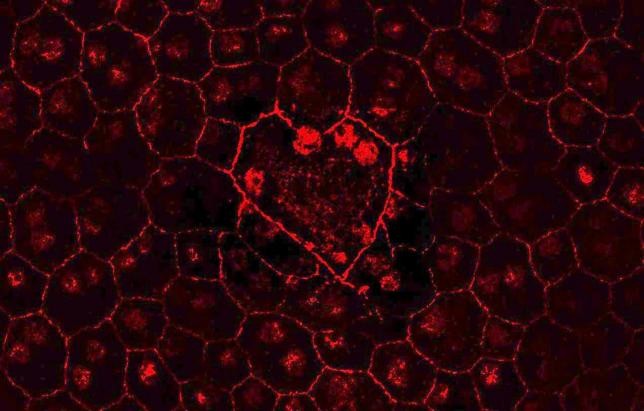In a new HIV cure update, the University of Montreal's CHUM Research Centre has identified a method of using a "can opener" molecule to trick some "bodyguard" proteins and then expose its vulnerable sections. This allows the immune system cells to kill the infected cells.
The breakthrough findings were published in the Proceedings of the National Academy of Sciences. Today, 35 million humans worldwide have been infected with the virus HIV-1.
Andrés Finzi, professor and the study's lead author, says that humans have "naturally occurring" antibodies that can kill the HIV cells. A small molecule is added to the patient to open the infected cells in order to start the "attack," according to DDD Mag.
In an earlier study published this year, the same research team learned that a liquid serum of patients deactivated two proteins related to the virus, Nef and Vpu, which destroyed the infected cells. The serum samples were from a partner of Fonds de recherche en santé du Québec (FRSQ), according to Infection Control Today.
The problem is that the HIV-1 virus, which causes nearly all of the world's infections, contains such "bodyguard" proteins. The molecule JP-III-48 allows HIV to infect the immune system.
After adding the molecule, the HIV virus opens up like a flower. Jonathan Richard, the study's lead author, explains that the immune system can then "target" the infected cells.
For decades scientists have used drugs that only slow the HIV virus' spread, which returns when the treatments end. Finzi explains that a "shock and kill" therapy is the solution to the problem.
Finzi team's discovery could result in a vaccine with two parts that can prevent HIV virus infections, through antibodies that contain the new type of molecules. It could also help to treat people who are already infected.



























